Almost all bikes now have disc brakes, but before they took over, there was another promising form of brake tech – ceramic rims.
Promising increased rim life, better braking power and stealthy looks, most major wheel and rim manufacturers have offered some kind of ceramic coating in their time.
While a few holdouts remain, issues with cracking, glazing, increased cost and, eventually, the rise of road bike disc brakes largely consigned ceramic rims to history.
Here’s the story of the rise and decline of ceramic bicycle wheel rims, why they’re used, who still makes ceramic rims, and what the pros and cons of ceramic coating are.
What is a ceramic rim? A short history of coated rims

First up, a ceramic bicycle wheel rim isn’t made of ceramic – the ceramic is just a thin coating layered on top of an aluminium alloy rim. It’s deposited on the rim’s surface by an electrochemical process.
In the case of DT Swiss’s OXiC rims, the brand says the higher temperature and pressure used than in anodising results in plasma discharges between the rim and the electrolyte solution in which it is bathed.
This results, DT says, in the oxide layer melting and solidifying again, which turns it into a hard, wear-resistant crystalline matrix.
DT claims this process results in a hard rim that won’t wear out over the wheel’s lifetime, with consistent wet and dry braking. Unlike other coatings, DT Swiss’ process embeds the coating into the rim’s surface, so it can deform with the rim and won’t crack.
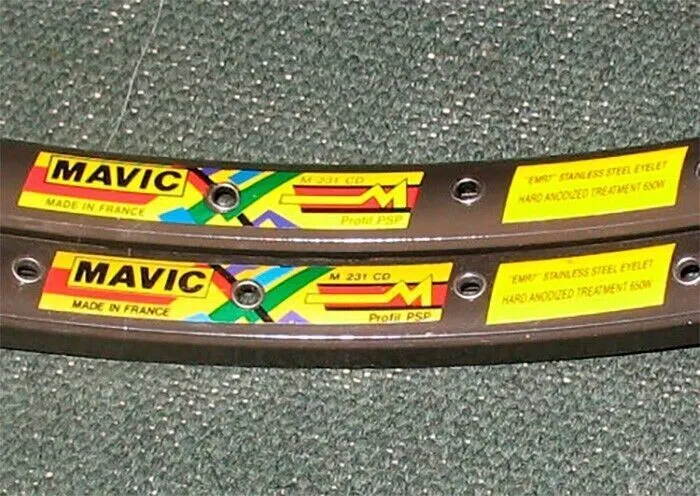
Mavic has a history of producing ceramic-coated rims dating back to 1989.
Mavic’s Michel Lethenet says the wheel builder used a plasma gun to project the layer onto the rim walls of its M231 ceramic rim. This protected the braking surface against abrasion, increasing the lifespan of the rim, particularly for off-road use.
Ceramic vs anodised rims
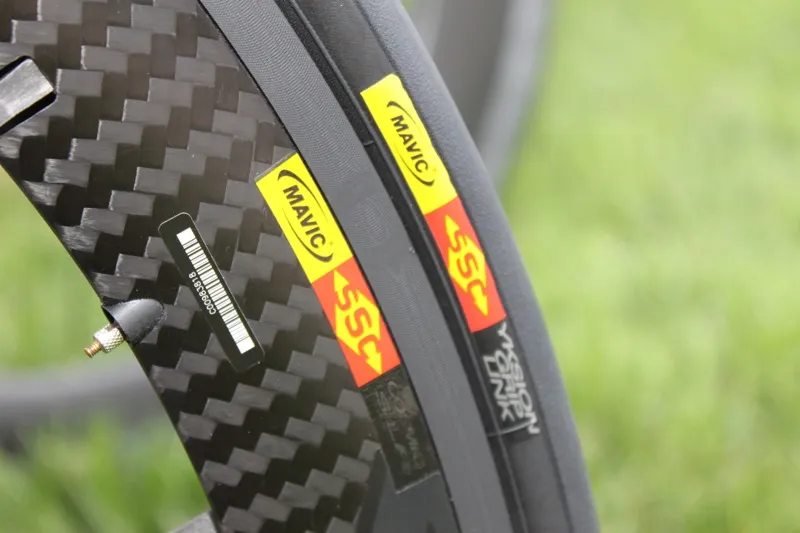
Many ‘ceramic’ rims are not ceramic rims at all – they are, instead, anodised or coated in some other manner.
Although the process is similar, anodisation occurs at a lower temperature and can be used to produce components in multiple colours.
It results in a softer surface though, which has a tendency to wear off over time. This means you're eventually left with a standard shiny silver surface to the brake tracks of your otherwise colourful rims.
Boyd Johnson, owner of Boyd wheels, says the all-black colour was one of the major draws of the brand’s anodised rims.
Again, Mavic was an early exponent of the anodisation process, with Lethenet saying its pro-only grey anodised SSC Paris-Roubaix rim was so sought-after that it released the GP4 CD for general sale in 1974.
Although Mavic’s original anodised rims were grey, the option to make the rim in a variety of colours is one attraction of anodisation that ceramic rims lack: they end up a standard grey/black faux carbon colour.
Most alloy rims are anodised in any case to improve the surface durability and prevent oxidation. With the switch to disc brakes, anodisation is a suitable treatment for alloy rims because they’re not subject to abrasion by brake pads, so you’ll usually see alloy disc brake wheels anodised black.
Ceramic rim advantages
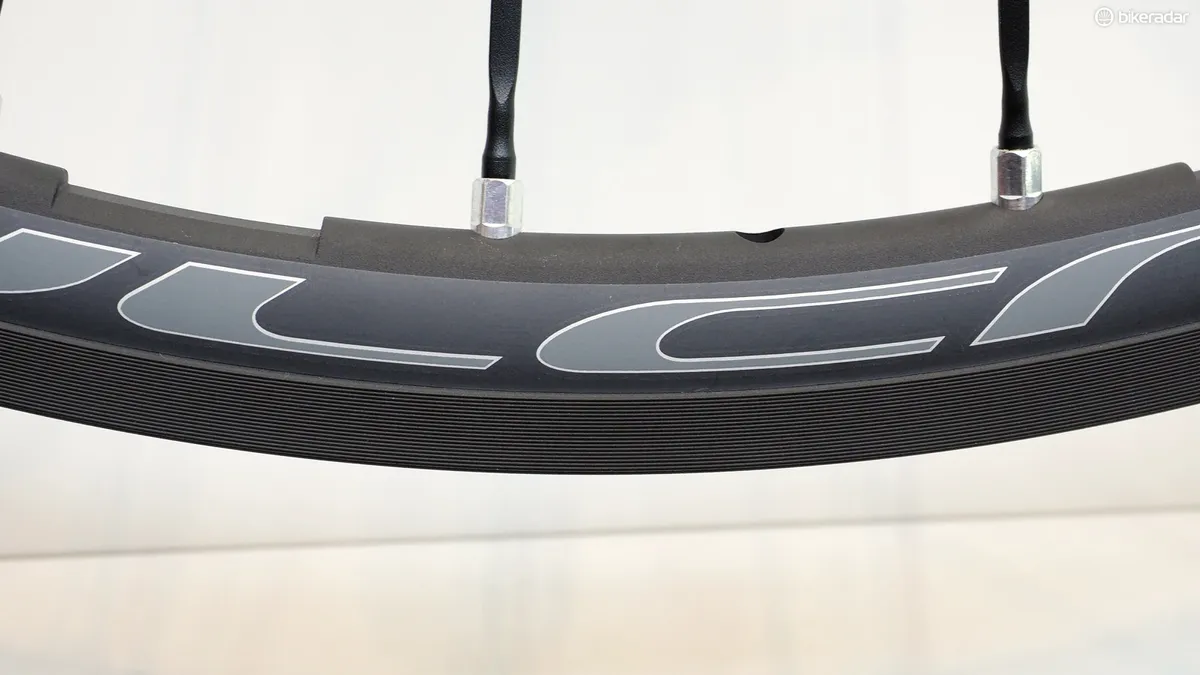
Ryde’s CSS rims are used extensively by Berlin-based German brand Fern Cycles (which means Far in German).
Fern’s Florian Haeussler told us Ryde’s ceramic rims offer the following advantages – great braking power in the wet or dry; good modulation; low rim wear and the option to make the rim lighter.
It’s the low wear, above all, that is attractive, helping to prolong the life of the wheelset, with Ralf Eggert of DT Swiss citing the wear resistance as a key advantage of its OXiC rims.
Mavic’s Lethenet says the ceramic coating also acts as a heat barrier, leading to more consistent braking.
Braking is more efficient as well; Lethenet says Mavic’s tests showed a 20 per cent improvement in the dry and more than 50 per cent in the wet.
Before the rise of carbon rims, ceramic rims also offered an appealing stealthy look that stood out from the crowd.
Ceramic rim disadvantages

Most ceramic coatings are very hard, but the alloy to which they are attached is quite soft.
As the rim itself expands and contracts with heat or bends under load, this could cause cracking of the ceramic coating, and degradation and wear of the braking surface, resulting in a mottled appearance.
Eggert says heating while braking can also cause the ceramic coating to glaze, affecting braking performance.
These problems appear to have been largely overcome in more recently manufactured alloy rims though.
Eggert says the ceramic coating on DT Swiss OXiC rims stays flexible under higher mechanical loads.
Boyd Johnson, meanwhile, states that although generally stable, the brake track could show signs of wear when used in wet conditions, where grit is prone to embedding in brake pads.
The process itself is specialised and costly, so ceramic rims are typically significantly more expensive than standard anodised alloy rims. The ceramic coating also adds some weight to the rim.
Do ceramic rims need special brake pads?
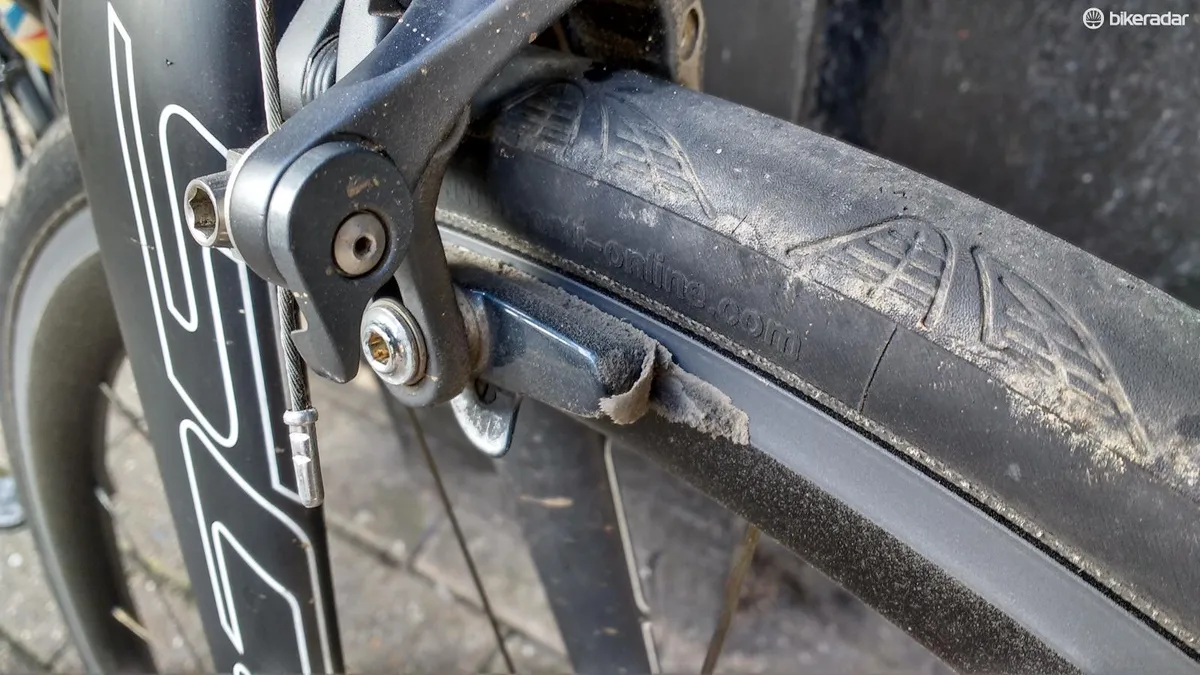
As we noted when we reviewed the Aforce Al33 wheelset in 2016, ceramic rims tend to chew rapidly through brake pads.
The same is true of other brands’ ceramic treatments.
The hard coating means ceramic rims need harder, rim-specific brake pads – DT Swiss includes a set of SwissStop BXP brake pads with its OXiC-treated wheels.
The same pads were recommended by Boyd when it sold wheels with ceramic rims and it still recommends the pads for use with non-ceramic alloy wheels.
Even with suitable pads, the mismatch in hardness between the rims and the pads causes significant wear with a number of brands’ rims.
Who has made ceramic bike rims?
Ceramic rims are something of a niche product now, but there are a few mainstream and less well-known brands that still make or have made ceramic-coated rims.
Mavic

Mavic is perhaps the biggest name to have dabbled in ceramic coating its wheel rims. Its ceramic rims were popular in the 1990s for MTB use and it latterly produced an upgraded Ceramic2 version, which was less prone to delamination of the ceramic coating from the alloy rim.
Lethenet says Mavic’s ceramic-coated SSC wheels were much used for cobbles and cyclocross, where braking power was a real issue on the rim-braked bikes of the day.
Mavic developed its Exalith treatment in 2010, combining machined braking surfaces with hard chemical anodisation. Although efficient, Lethenet says it was very expensive to manufacture.
Alongside its Exalith ceramic rims, Mavic also sold the CD anodised rims. Neither was perfect: the ceramic-coated rims were prone to cracking of the ceramic surface, while the CD anodisation tended to wear off quickly. Both CD and Exalith coatings were discontinued by the late 2010s.
DT Swiss
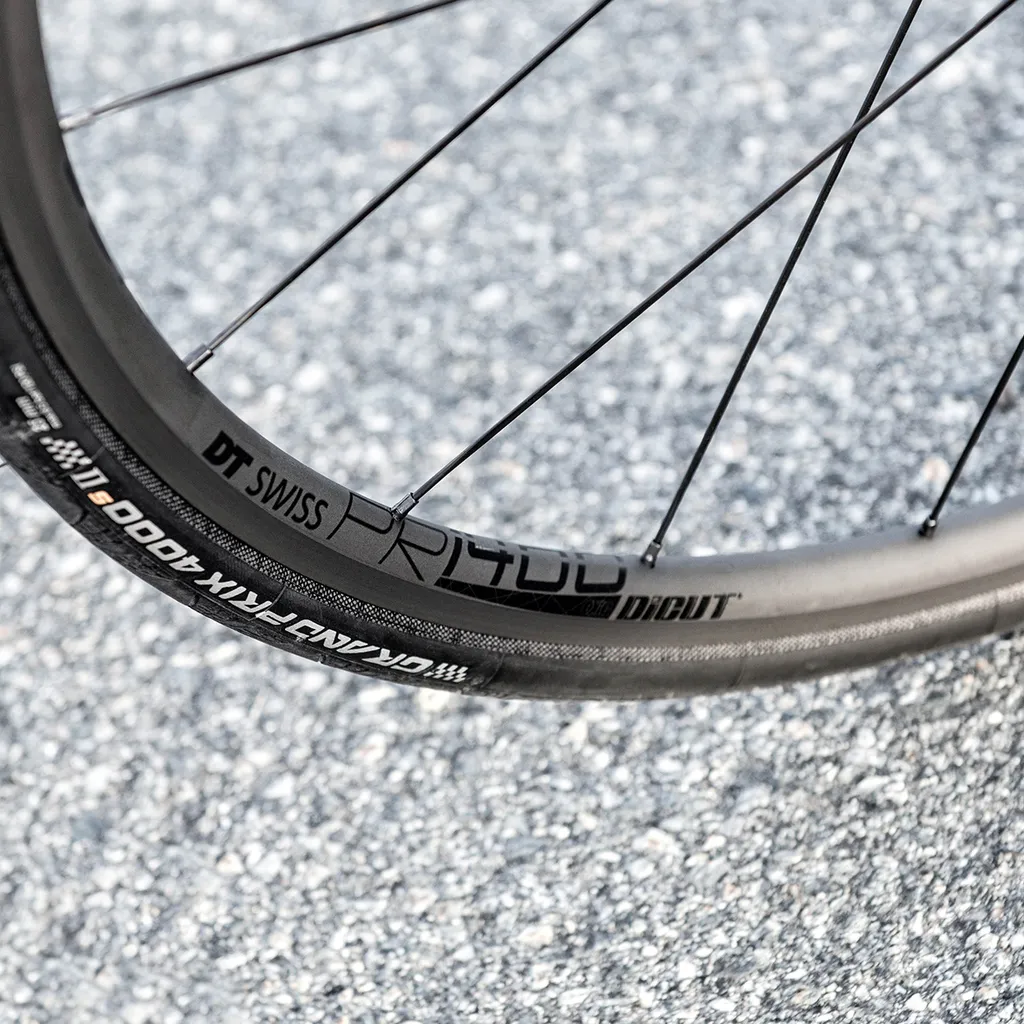
Another larger brand that has used ceramic coating on its rim brake wheel rims is DT Swiss.
Nowadays, it has only one product in its extensive catalogue with its OXiC ceramic coating, the PR 1400 Dicut OXiC, which is available in 21mm and 35mm depths. It’s not a cheap wheelset, with prices starting at $1,456.
DT emphasises the good, consistent braking offered by the OXiC brake surface, its hard-wearing and durable nature and that it stays black (the only colour available) and doesn’t fade over time. It looks pretty cool too – not quite carbon black and with sharp stealth graphics.
Campagnolo/Fulcrum

Campagnolo and Fulcrum wheels used a technology they called Plasma Electrolytic Oxidation to hard-coat some of their aluminium road bike wheels. This used electrical discharges to embed alumina into the rim surface, giving it a durable black finish.
The Campagnolo Shamal Mille and Fulcrum Racing Zero Nite wheelsets used the process.
The road-wheel portfolios of both brands have moved to disc brakes for higher-spec options though, while lower-priced rim brake wheels have a standard silver brake track.
Boyd
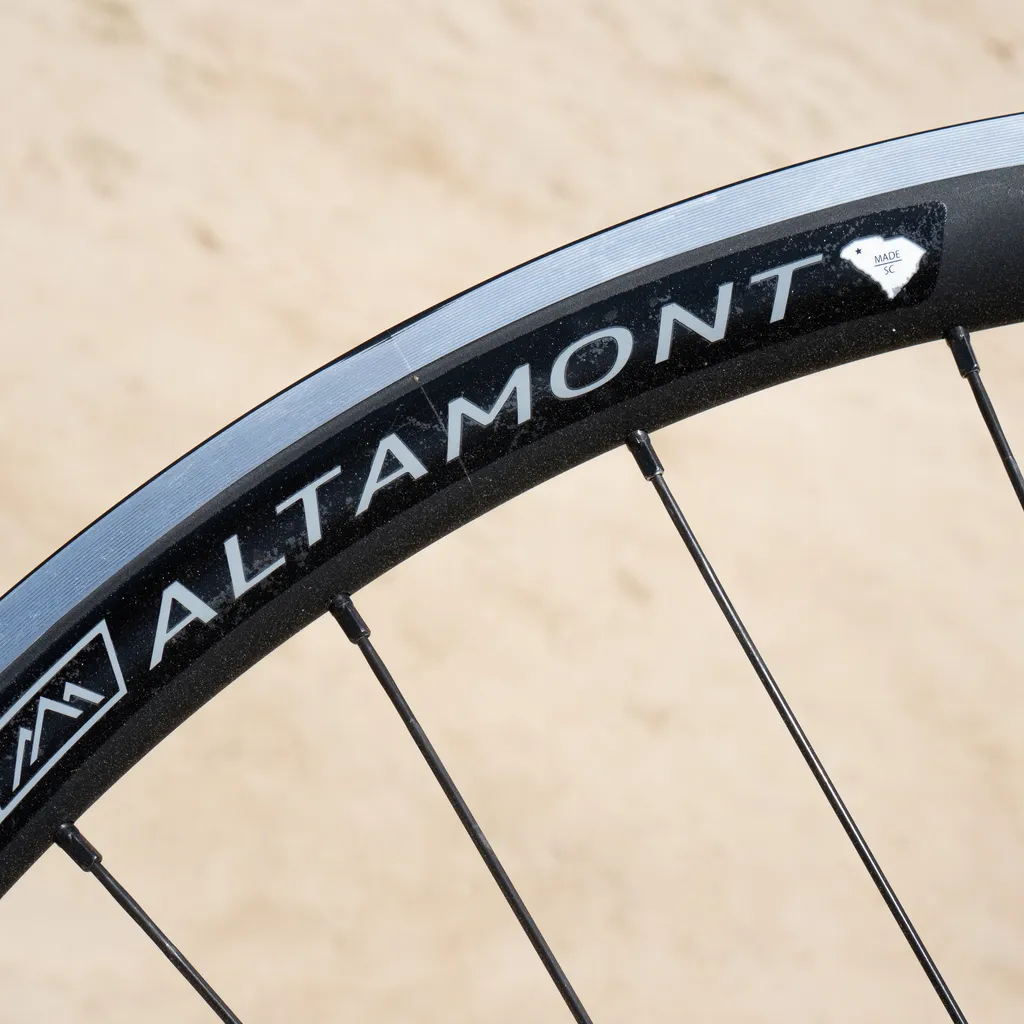
Boyd used to make ceramic-coated rims, but has ceased to do so. It says this is mainly for logistical reasons. Its Altamont rims were its ceramic-coated offering, but it stopped producing these as of 2019.
Boyd Johnson says the ceramic-coating process required moving its rims between multiple suppliers and that it had to commit to large volumes, which in turn meant keeping around three years’ worth of inventory, resulting in an uneconomically high cost of production.
Ryde (formerly Rigida)
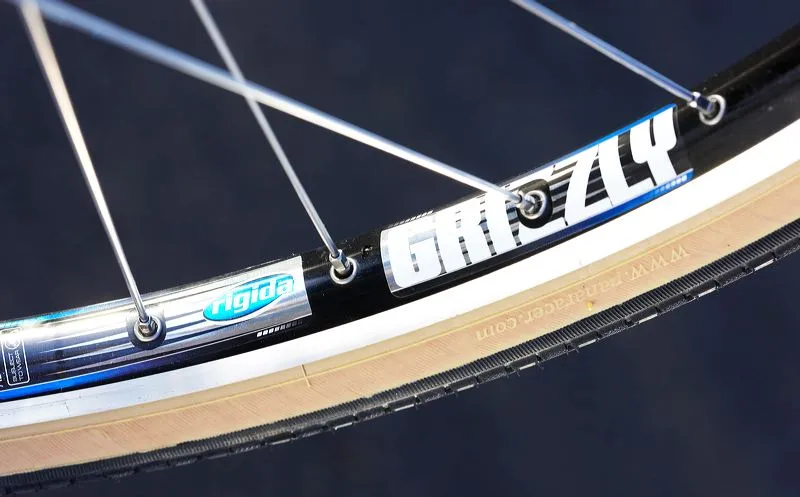
Another past maker of ceramic rims was Rigida, which has now changed its name to Ryde – although it remains based in the Netherlands and hasn’t moved to the Isle of Wight.
According to Haeusler of Fern Cycles, they were made by sputtering tungsten carbide at supersonic speeds into the rim surface, resulting in an ultra-hard braking surface that wouldn’t wear off or crack.
The process was carried out by a French metallurgical company and required the rim to be highly finished. It was also expensive and the lead times were very long.
Way back in 2008, we tested a set of Rigida’s rims in the somewhat extreme conditions of the Himalayas and commented on the absence of wear after months of use.
AForce
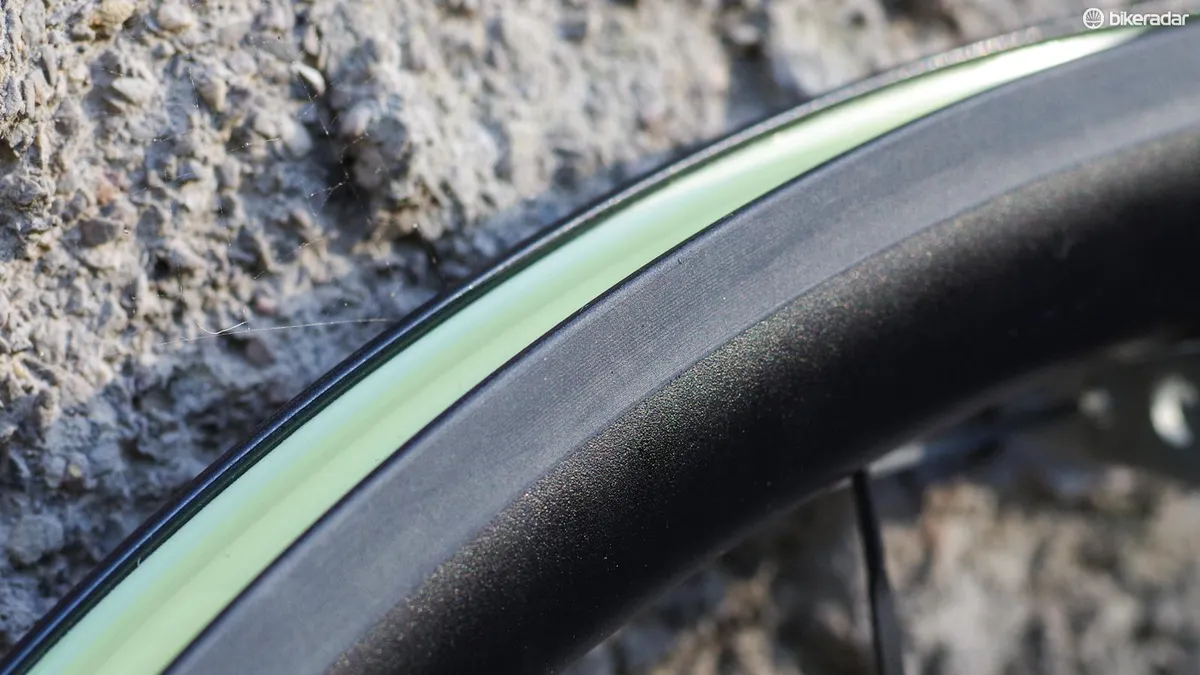
AForce had the Kickstarter-funded Al33 wheelset, which it launched in 2016. As mentioned above, we had a review set, rating them highly. While the non-ceramic coated rims are still sporadically available, the ceramic version seems to have disappeared after the initial production run of 200 sets.
Vision

The Vision Trimax 30 KB wheels include a plasma electrolytic-oxidation coated rim, which adds a ceramic oxide surface from Keronite that Vision says is highly wear-resistant.
The wheels are still sold, with Vision claiming a wheelset weight of just under 1,500g. Vision doesn’t specify specific brake pads for us on its ceramic rims.
Edco

Edco went a step further with its ceramic rims, because these were carbon, with an alloy brake track deposited on the rim. The ceramic coating was then applied to this, making a triple-decker sandwich.
We reviewed the Edco Furka Competition wheelset in 2012 and liked its braking quality in the wet and dry. It’s another brand that was perhaps too clever for its own good, died and was resurrected with more mainstream wheel technology.
HED
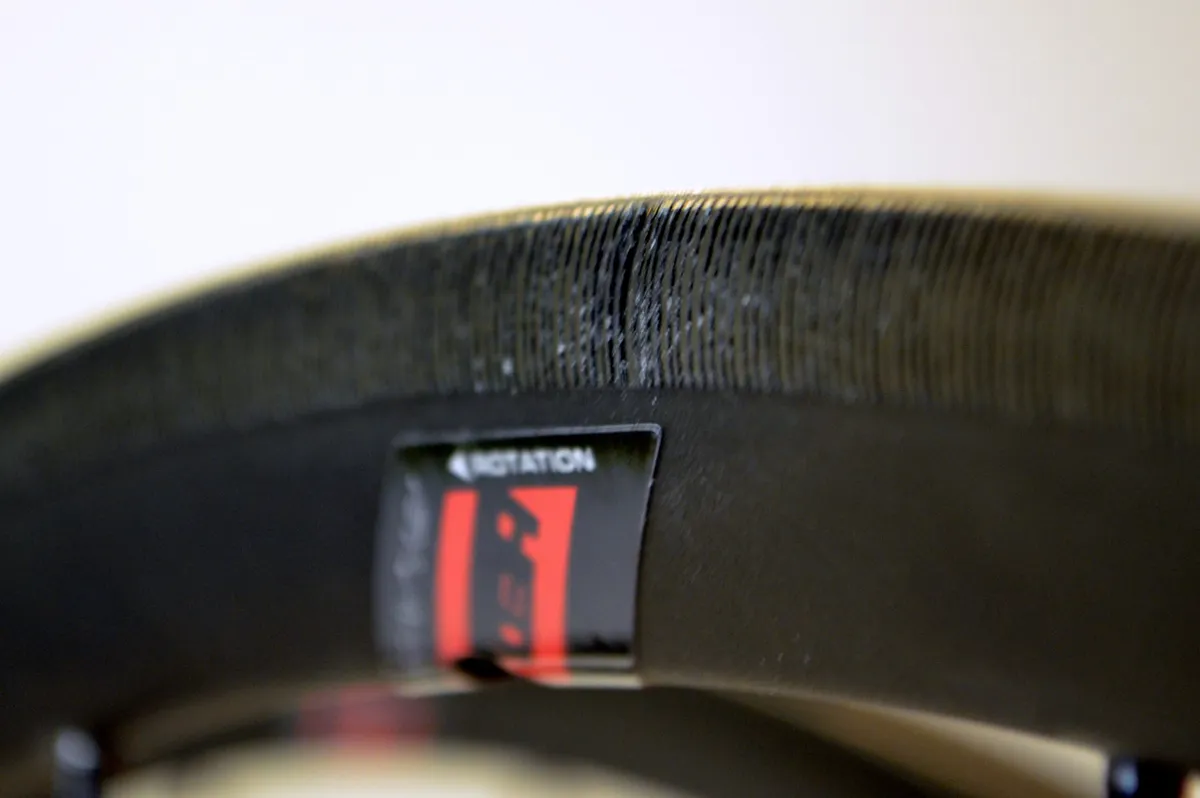
Although it’s not ceramic-coated, HED claims to have overcome the problem of the black colour wearing off anodised rims with its Ardennes RA Black wheelset.
HED says its Turbine Braking Technology uses a textured brake track, which is efficient in wet as well as dry conditions. It claims that the textured surface ensures the anodisation won’t wear off, although you’ll need to use black brake blocks to avoid the brake material spoiling the effect. It’s a similar treatment to the Mavic Exalith, although patented by HED.
HED say you need to be careful to check for embedded junk in your brake pads though, to avoid ending up with silver streaks.
Why are ceramic rims a rarity now?
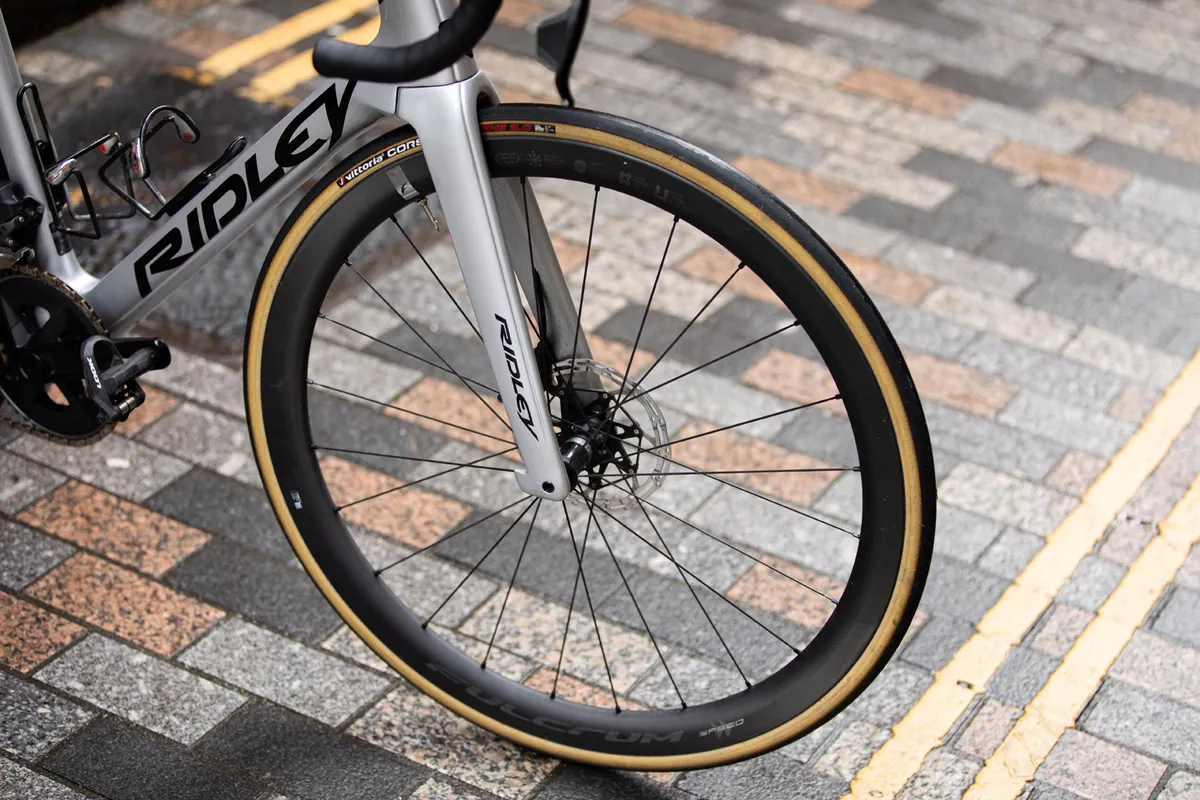
Ceramic rim tech has been hit by two technologies that have largely squeezed it out of the cycling market.
The first was the rise of deeper-section, more aerodynamic rims on road bikes. This naturally favoured lighter materials, because there’s more material in the rim, so carbon fibre fabrication became the dominant construction method for high-performance wheel rims. The cost of ceramic coating the rims puts the price of a ceramic/alloy wheelset in direct competition with all-carbon alternatives.
Carbon fibre comes with its own issues for rim brake wheels and the first-generation rim brake carbon wheels had indifferent braking that was often non-existent in the wet. Dragging the brakes could also cause the rim to melt. This was largely addressed by new resins and braking-surface preparation methods such as Mavic’s iTgMax… just in time for disc brake wheels to take over.
Already an established technology for mountain bike wheels, disc brakes have become the standard for drop-bar bikes too. Separating braking from supporting the tyre has engineering benefits and enables wheel rims to be built lighter.
This change and reduced bicycle frame weight as manufacturers have learned how best to manage the different stresses placed on bikes by disc brakes, have in large part counterbalanced the increased weight of disc brakes over rim brakes. Disc brake bikes now rival rim brake bikes for their weight and strength.
Disc brakes are also a more reliable, consistent solution for the wet and muddy conditions in which ceramic rims performed at their best.
